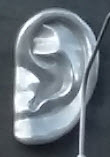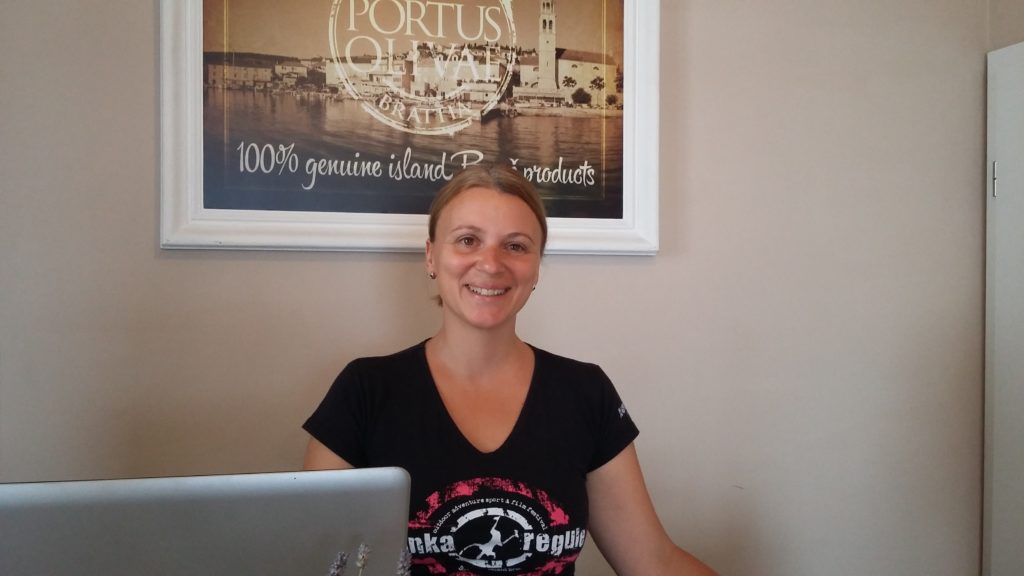Having decided who your target clients are you need to find out as much as possible about them. This will help with decisions about what products or services to offer; your pricing; where to make your products or services available as well as how, when and where to promote them.
Why bother?
Finding out what customers and target clients want is vital for running a successful business. You might be clear as to who your target clients are but how much do you really know about what they want? What do you really know about their buying behaviour? Can you really be sure you’re providing the solution to their problems and in the way that they want?
Maybe your products and/or services aren’t selling as well as you thought they would or as they used to do. There could be a mismatch between what your market wants and what you’re offering. Maybe you’re providing solutions based on what you THINK their problems are rather than what your target market is experiencing as a problem and wants to have resolved.
The only way to find out these things is by researching your market, your target clients and your current customers – and on a regular basis.
This applies whether you have an on-line or a ‘bricks and mortar’ business; whether you’re selling products or professional services; whether you’re just starting out or aiming to move your business to the next level. It’s really not a good idea to just guess, or to assume what your target audience wants rather than going out and researching their needs. Yes it takes time, but when done well it adds so much value to your business knowledge and ultimately it adds dollars to your bottom line.
Gathering Information
 Since we live in a world where our customers and target clients are not only able to talk to us but about us, be it favourably or negatively let’s harness the power of this to discover as much as possible about them – not just their characteristics such as age, gender, maritla status, education level, income but also information about their buying behaviours, problems, needs, desires and opinions.
Since we live in a world where our customers and target clients are not only able to talk to us but about us, be it favourably or negatively let’s harness the power of this to discover as much as possible about them – not just their characteristics such as age, gender, maritla status, education level, income but also information about their buying behaviours, problems, needs, desires and opinions.
We can listen to their comments and discussions on social media platforms.
We can engage in conversations with them on social media platforms.
With a CRM (Customer Relationship Management) system in place we can find out when and what they buy and how much they spend. However it won’t tell you why they buy nor how they made the decision to buy.
If you know their key characteristics – age, gender, education level etc you can read reports about those age groups and see what their typical characteristics are.
If you have access to a business library you can read reports about your sector by Nielsen or Euromonitor or government trade departments all of which will give you insights into what the trends are in that sector including what people are buying.
We can also obtain valuable information by directly asking them questions using one question polls and questionnaires and this will be the topic of the next blog post.









![20160901_173400[1]](http://www.thebusinesslaunchpad.com/wp-content/uploads/2016/09/20160901_1734001-1024x576.jpg)
![20160901_203810[1]](http://www.thebusinesslaunchpad.com/wp-content/uploads/2016/09/20160901_2038101-1024x576.jpg) As to showing fresh tuna in the menu photo of your tuna salad and then serving a scrappy little portion of tinned tuna – that’s a total no-no. In many jurisdictions it’s illegal to misrepresent your products. It’s definitely unethical. It’s also not smart from a business perspective. You won’t have happy customers, you won’t have positive word of mouth and you’ll probably get a bad review on Tripadviser (they did).
As to showing fresh tuna in the menu photo of your tuna salad and then serving a scrappy little portion of tinned tuna – that’s a total no-no. In many jurisdictions it’s illegal to misrepresent your products. It’s definitely unethical. It’s also not smart from a business perspective. You won’t have happy customers, you won’t have positive word of mouth and you’ll probably get a bad review on Tripadviser (they did).![20160901_115120[1]](http://www.thebusinesslaunchpad.com/wp-content/uploads/2016/09/20160901_1151201-e1472769396549-576x1024.jpg)
![20160901_150325[1]](http://www.thebusinesslaunchpad.com/wp-content/uploads/2016/09/20160901_1503251-1024x576.jpg)
![20160901_145529[1]](http://www.thebusinesslaunchpad.com/wp-content/uploads/2016/09/20160901_1455291-1024x576.jpg)
![20160901_145510[1]](http://www.thebusinesslaunchpad.com/wp-content/uploads/2016/09/20160901_1455101-1024x576.jpg)


 Back in the summer I needed a new pair of Keen hiking shoes. There are only three stores in my area that sell them. Each of them carried just two or three models. The owner of the first store totally put me off by insisting that walking shoes are different to general shoes and they ease in when they’ve been worn for a while. I know my left foot and if it isn’t happy in a shoe in a shop it will never be happy in it. But the owner wouldn’t have it that I knew my own foot really well and just kept insisting that they’d be fine, he’d been selling shoes for years blah blah blah. I won’t be going back.
Back in the summer I needed a new pair of Keen hiking shoes. There are only three stores in my area that sell them. Each of them carried just two or three models. The owner of the first store totally put me off by insisting that walking shoes are different to general shoes and they ease in when they’ve been worn for a while. I know my left foot and if it isn’t happy in a shoe in a shop it will never be happy in it. But the owner wouldn’t have it that I knew my own foot really well and just kept insisting that they’d be fine, he’d been selling shoes for years blah blah blah. I won’t be going back. My next attempt was at a stockist in Exeter. A lovely shoe shop selling a variety of shoes and sandals several of which I rather liked. So… in addition to trying on one of the three models of Keen hiking shoes I also tried on a Wolky walking shoe and a lovely pair of sandals. The walking shoe had such a stiff sole it hurt my left foot. The sandals were too big in size 5 for my left foot and too small in size 4 for my right foot. The Keen shoes were just not suitable. The owner’s face became increasingly grim and unfriendly as I rejected each pair of shoes I tried on. Finally when I Sstood up to keave she tartly commented: “So you’re not buying the walking shoes either.” I asked when the Wolky winter boots would be coming in and she replied in a few weeks but her face was grim and the voice unfriendly. I was a marked woman. I’d tried shoes on and hadn’t bought anything. She lost me as a customer that day because the shoes I liked were uncomfortable but she’s lost me as a customer in the future because of her attitude.
My next attempt was at a stockist in Exeter. A lovely shoe shop selling a variety of shoes and sandals several of which I rather liked. So… in addition to trying on one of the three models of Keen hiking shoes I also tried on a Wolky walking shoe and a lovely pair of sandals. The walking shoe had such a stiff sole it hurt my left foot. The sandals were too big in size 5 for my left foot and too small in size 4 for my right foot. The Keen shoes were just not suitable. The owner’s face became increasingly grim and unfriendly as I rejected each pair of shoes I tried on. Finally when I Sstood up to keave she tartly commented: “So you’re not buying the walking shoes either.” I asked when the Wolky winter boots would be coming in and she replied in a few weeks but her face was grim and the voice unfriendly. I was a marked woman. I’d tried shoes on and hadn’t bought anything. She lost me as a customer that day because the shoes I liked were uncomfortable but she’s lost me as a customer in the future because of her attitude.